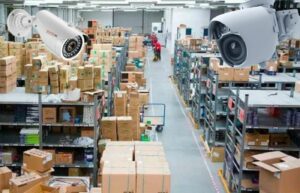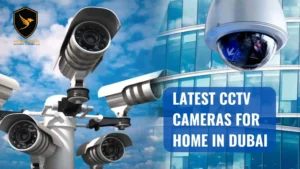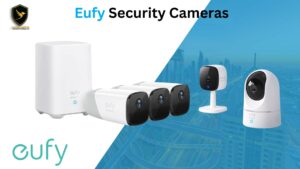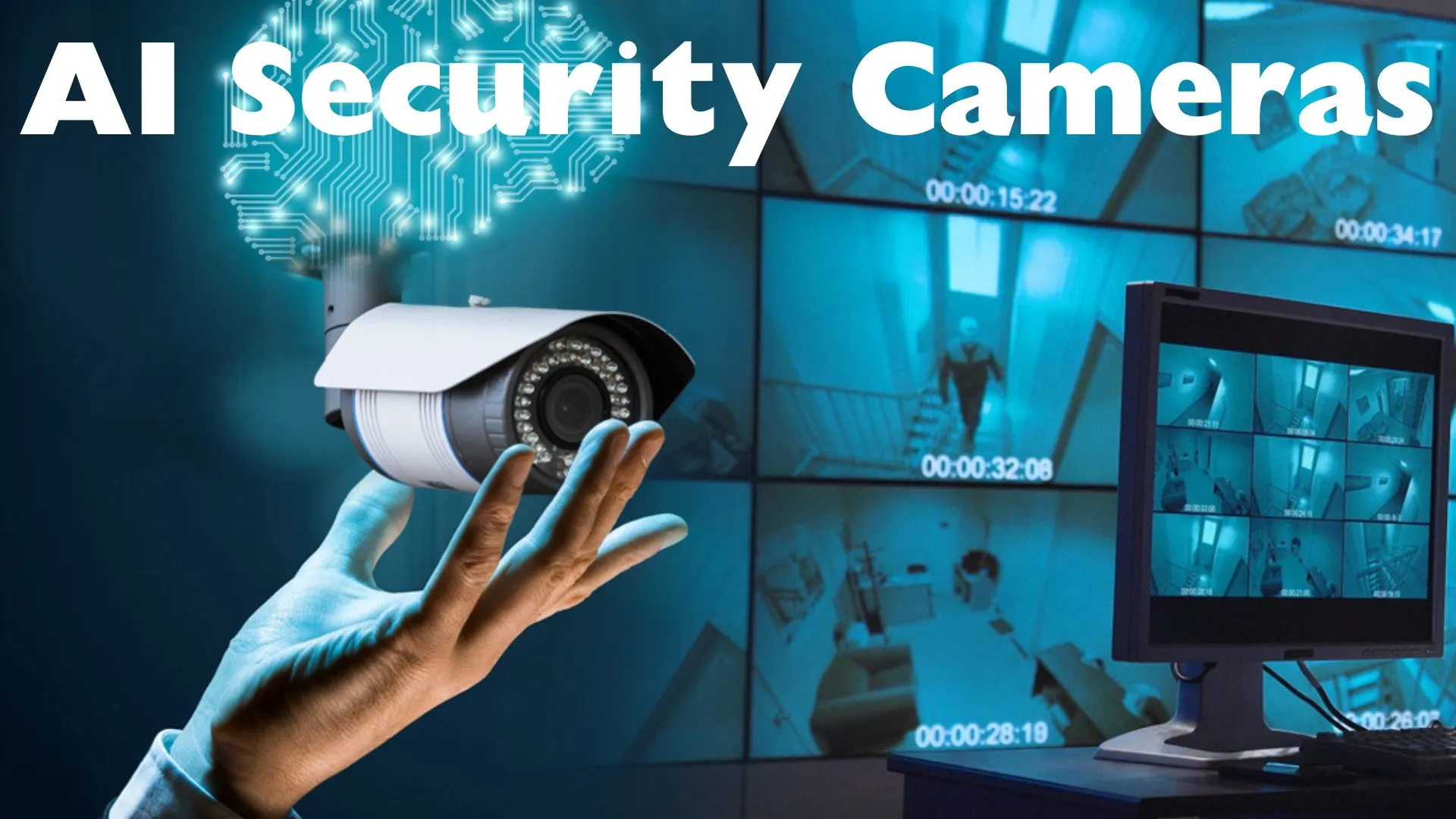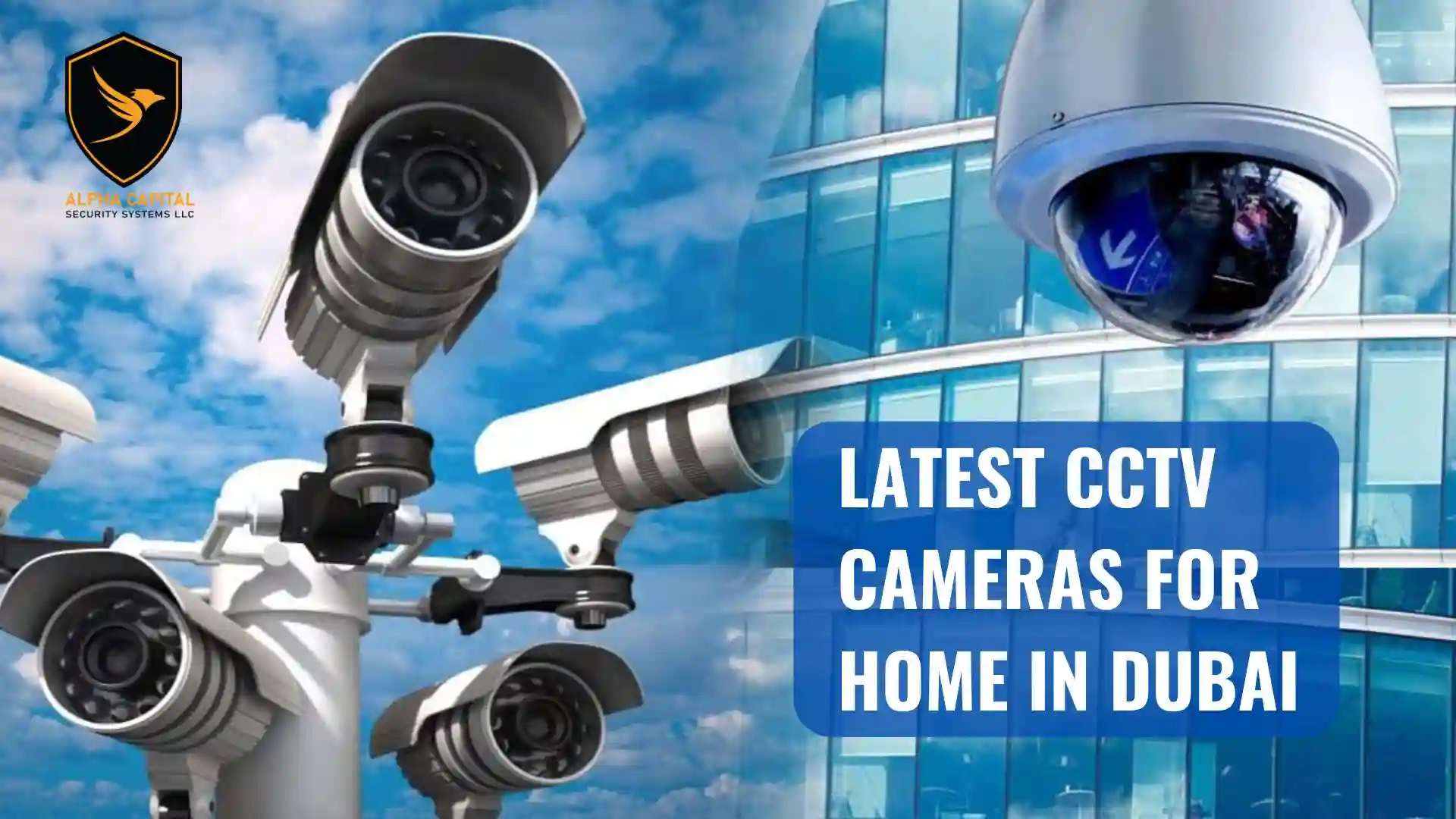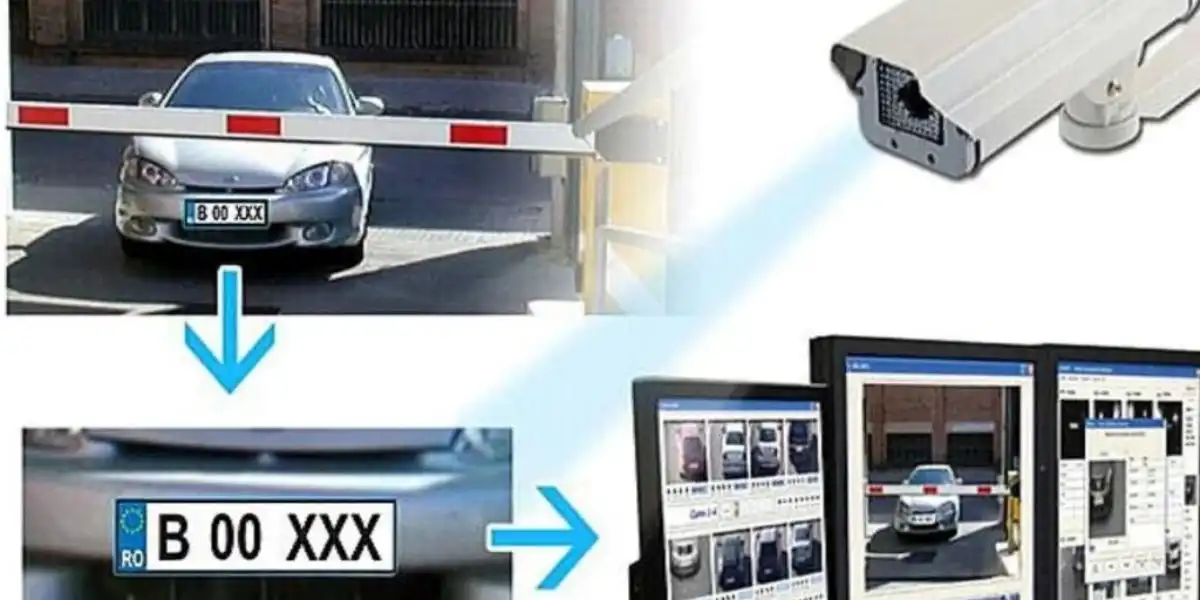CCTV camera installation troubleshooting
Installing CCTV cameras is an essential step in ensuring the security of homes and businesses. However, like any technical process, it can encounter various troubleshooting challenges.
In this article, we will guide you through the common issues faced during CCTV camera installation and provide effective solutions to overcome them.
Choosing the Right Location for CCTV Installation
Before installing CCTV cameras, carefully select their locations. Ensure they cover the intended areas without obstructions, such as trees or walls blocking the view. Avoid pointing cameras directly at the sun, as it can cause overexposure and affect video quality.
Checking Power Supply and Connectivity
One critical aspect often overlooked is the positioning of cameras concerning the sun’s direction. Pointing cameras directly at the sun can cause overexposure and adversely impact video quality.
To avoid this issue, select camera locations where the sun’s glare does not interfere with the camera’s field of view.
Ensuring Stable Power Supply and Connectivity

To ensure continuous surveillance, it is vital to have a stable and reliable power supply for the CCTV cameras. Additionally, verify that all
- cables are securely connected
- not damaged
as loose connections or damaged cables can lead to intermittent camera failures.
Optimizing Image and Video Quality
To maintain optimal image and video quality, regularly check and adjust the camera’s focus and resolution settings. Blurry images or poor video quality can often be improved with simple adjustments to the camera’s configuration. Furthermore, cleaning the camera lens regularly is essential, as dirt or dust accumulation can significantly impact image clarity.
Proper Camera Positioning and Angles
Correct camera positioning is pivotal for effective surveillance. Adjust the camera angles to capture the desired areas adequately. Adjust the camera angles to capture the desired areas adequately.
To improve coverage and get a complete picture of the area, use functions like pan, tilt, and zoom.
Enhancing Night Vision with IR Illumination
For nighttime surveillance, infrared (IR) illumination is critical for clear visibility. For CCTV camera installation troubleshooting Check the camera’s IR LEDs and ensure they are functioning correctly. If necessary, consider installing additional lighting to improve night vision capabilities.
Troubleshooting Network and Remote Viewing Issues
For remote monitoring, ensure that the cameras are connected to the network and accessible online. Troubleshoot network connectivity issues and verify port forwarding settings to enable seamless remote access.
Adjusting Motion Detection and Alerts

Motion detection is an essential feature of CCTV systems. If motion detection fails to work correctly or generates false alerts, adjust the sensitivity settings. CCTV camera installation troubleshooting clear any obstructions in the camera’s field of view that might trigger unnecessary alerts.
Weatherproofing and Environmental Factors
For outdoor cameras, weatherproofing is crucial to withstand harsh environmental conditions. For CCTV camera installation troubleshooting verify that the camera’s housing is sealed correctly to prevent water and dust from affecting its performance.
Addressing Storage and Recording Concerns
Check how much storage space is available on your digital video recorder (DVR) or network video recorder (NVR) hardware.. If recording stops unexpectedly, review the recording settings and consider upgrading the storage capacity to ensure continuous recording.
Dealing with Mobile App and Software Problems
For seamless mobile app usage, ensure you are using the correct app for your specific camera model. To resolve CCTV camera installation troubleshooting regularly update the camera’s firmware and software to access the latest features and bug fixes.
Preventing Camera Overheating
Camera overheating can lead to performance issues and potential damage. To CCTV camera installation troubleshooting install the cameras in well-ventilated areas and consider using external cooling systems if necessary.
Managing Cable and Wiring Challenges
Inspect the cables for any damage or wear and replace faulty ones. To CCTV camera installation troubleshooting utilize cable management techniques to avoid tangling and confusion, ensuring a tidy and organized installation.
Reducing Interference and Signal Loss
Signal interference can disrupt camera connectivity and affect the quality of surveillance footage. For CCTV camera installation troubleshooting keep cameras away from electronic devices that emit strong signals, such as routers and microwaves.
Safeguarding Against Camera Tampering
To protect cameras from tampering and vandalism, consider installing them out of reach or using protective housings. Enable tamper detection features that trigger alerts when tampering is detected.
Conclusion:
To maximize the efficiency of your surveillance system, it is essential to pick the appropriate areas for CCTV installation.
You can make sure that your CCTV cameras give your property thorough coverage, dependable performance, and increased security by adhering to the recommendations provided in this article.
Contact Us : For any CCTV camera installation troubleshooting
FAQs:
Q: What are the essential factors to consider when choosing camera locations?
When selecting camera locations, it is crucial to consider the following factors:
- Unobstructed Views: Ensure the cameras have a clear line of sight to the areas you want to monitor.
- Avoiding Direct Sunlight: Avoid pointing cameras directly at the sun to prevent overexposure and maintain video quality.
- Identifying Critical Areas: Identify key areas that require monitoring, such as entrances, exits, and high-traffic zones.
Q: Why is my security camera not connecting?
To CCTV camera installation troubleshooting Security camera connectivity issues can be caused by various factors, including:
- Loose or damaged cables
- Network connection problems
- Power supply issues
- Camera or DVR/NVR malfunctions
- IP address conflicts
- Firewall or router settings blocking access
Q: What to do before installing CCTV?
Before installing CCTV and CCTV camera installation troubleshooting consider the following steps:
- Conduct a security assessment to identify vulnerable areas.
- Plan camera locations and coverage areas for optimal surveillance.
- Ensure proper power and network connectivity for cameras and DVR/NVR.
- Familiarize yourself with local laws and regulations regarding CCTV installation.
Q: Can I install CCTV without WIFI?
Yes, you can install CCTV systems without WIFI. Traditional analog CCTV systems use coaxial cables to connect cameras to the DVR, while IP CCTV systems can use network cables without WIFI connectivity.
Q: Which wire is good for CCTV?
For CCTV installations, either coaxial cables (RG59 or RG6) for analog cameras or Cat5e/Cat6 network cables for IP cameras are commonly used.
Q: What is the maximum cable distance for IP cameras?
The maximum cable distance for IP cameras depends on the type of cable used. With Cat5e/Cat6 Ethernet cables, the maximum distance is generally up to 100 meters (approximately 328 feet) without signal loss or degradation.


